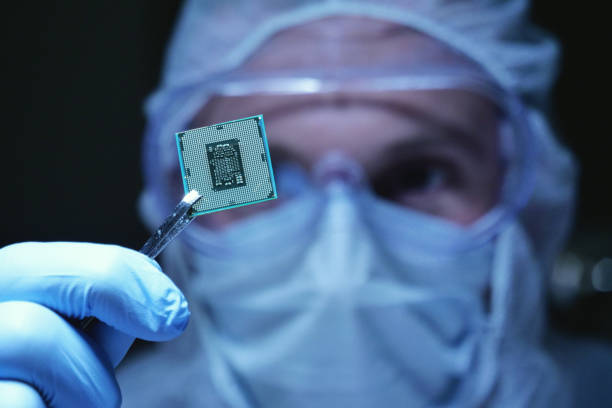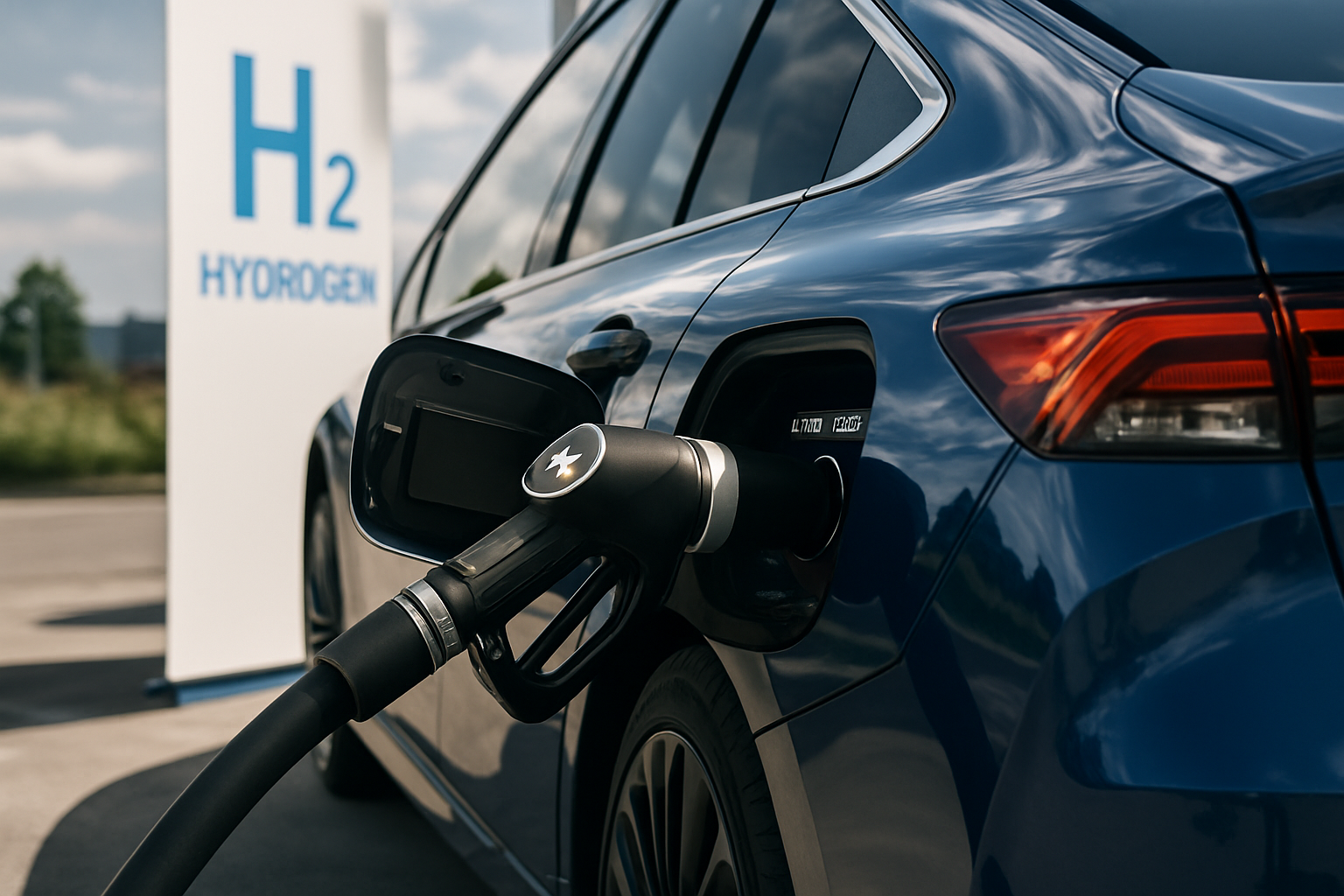Automotive Cybersecurity: Safeguarding the Connected Car Era
The dawn of the connected car era has ushered in a new frontier of convenience and innovation, but it has also opened the door to unprecedented security challenges. As our vehicles become increasingly sophisticated and interconnected, they've transformed into rolling computers, vulnerable to cyber threats that were once confined to traditional IT systems. This article delves into the critical realm of automotive cybersecurity, exploring the unique challenges faced by manufacturers and the cutting-edge solutions being developed to protect our vehicles in the digital age.

The Evolution of Automotive Connectivity
The journey towards connected vehicles began in the late 20th century with the introduction of basic telematics systems. These early implementations allowed for simple functions like remote diagnostics and emergency assistance. However, the real revolution came with the integration of smartphones and the internet into vehicle systems.
Today’s connected cars are equipped with an array of sensors, cameras, and communication modules that enable features like real-time traffic updates, over-the-air software updates, and advanced driver assistance systems. While these technologies enhance the driving experience and improve safety, they also create multiple entry points for potential cyber attacks.
Understanding the Threat Landscape
The automotive cybersecurity threat landscape is as diverse as it is complex. Potential attacks range from relatively benign pranks to life-threatening interventions. Hackers might target infotainment systems to steal personal data, manipulate vehicle controls to cause accidents, or even take control of entire fleets for ransom.
One of the most infamous demonstrations of automotive vulnerability came in 2015 when security researchers Charlie Miller and Chris Valasek remotely hijacked a Jeep Cherokee, controlling its steering, brakes, and transmission. This eye-opening incident served as a wake-up call for the industry, spurring manufacturers and regulators into action.
Regulatory Response and Industry Standards
In response to growing concerns, regulatory bodies worldwide have begun to implement stringent cybersecurity requirements for automotive manufacturers. The United Nations Economic Commission for Europe (UNECE) has introduced regulations that mandate cybersecurity management systems and software update processes for new vehicles.
Similarly, the automotive industry has rallied to establish standards and best practices. The ISO/SAE 21434 standard, developed jointly by the International Organization for Standardization and SAE International, provides a comprehensive framework for automotive cybersecurity engineering.
Innovative Security Solutions
As threats evolve, so do the defenses against them. Automotive manufacturers and cybersecurity firms are developing innovative solutions to protect connected vehicles. These range from advanced firewalls and intrusion detection systems to machine learning algorithms that can identify and neutralize threats in real-time.
One promising approach is the use of blockchain technology to secure vehicle-to-everything (V2X) communication. By leveraging the decentralized and tamper-resistant nature of blockchain, manufacturers can create secure networks for vehicles to communicate with each other and with infrastructure.
The Role of Artificial Intelligence in Automotive Cybersecurity
Artificial Intelligence (AI) is emerging as a powerful tool in the fight against automotive cyber threats. AI-powered systems can analyze vast amounts of data from vehicle sensors and networks, identifying patterns and anomalies that might indicate a cyber attack.
These systems can learn from each attempted breach, continuously improving their ability to detect and respond to threats. Some AI implementations can even predict potential vulnerabilities before they’re exploited, allowing manufacturers to patch systems proactively.
Securing the Supply Chain
One often overlooked aspect of automotive cybersecurity is the complex supply chain involved in vehicle production. With components sourced from numerous suppliers worldwide, ensuring the security of each part becomes a monumental task.
Manufacturers are now implementing rigorous security protocols throughout their supply chains, including regular audits, secure coding practices, and stringent testing procedures for all components. Some are even exploring the use of digital twins - virtual replicas of physical systems - to test for vulnerabilities without risking actual vehicle security.
The Future of Automotive Cybersecurity
As we look to the future, the landscape of automotive cybersecurity continues to evolve. The advent of 5G networks promises to dramatically increase the connectivity and data transfer capabilities of vehicles, bringing both new opportunities and challenges.
Quantum computing, while still in its infancy, has the potential to revolutionize cybersecurity. Quantum-resistant encryption algorithms could provide unbreakable security for vehicle systems, while quantum sensors could detect the subtlest signs of tampering or intrusion.
Conclusion: Navigating the Road Ahead
The path to fully secure connected vehicles is long and winding, filled with technological hurdles and evolving threats. However, the automotive industry’s commitment to cybersecurity, coupled with innovative technologies and stringent regulations, provides a roadmap for a safer digital driving future.
As we continue to embrace the conveniences and capabilities of connected cars, it’s crucial that cybersecurity remains at the forefront of automotive design and engineering. By staying vigilant, adapting to new threats, and fostering collaboration between manufacturers, regulators, and cybersecurity experts, we can ensure that the vehicles of tomorrow are not just smarter and more connected, but also safer and more secure than ever before.





